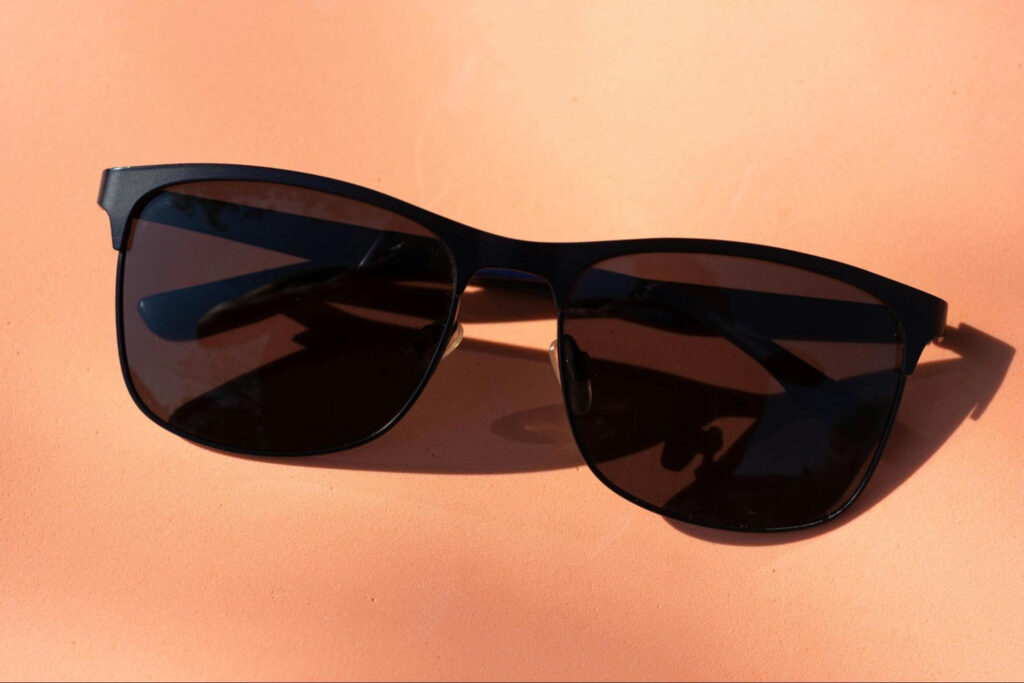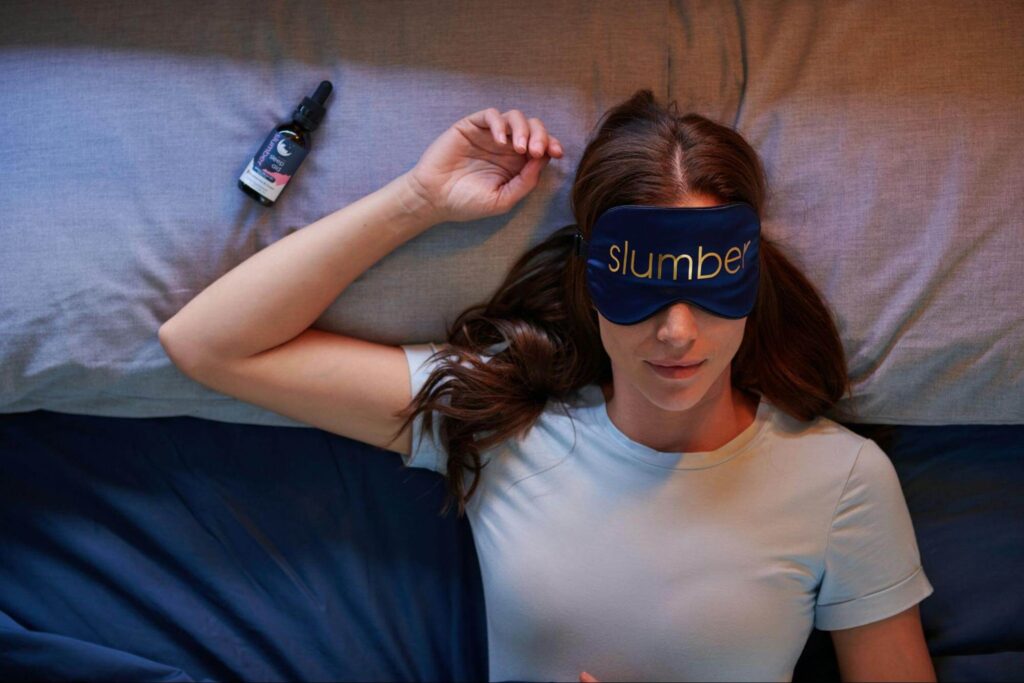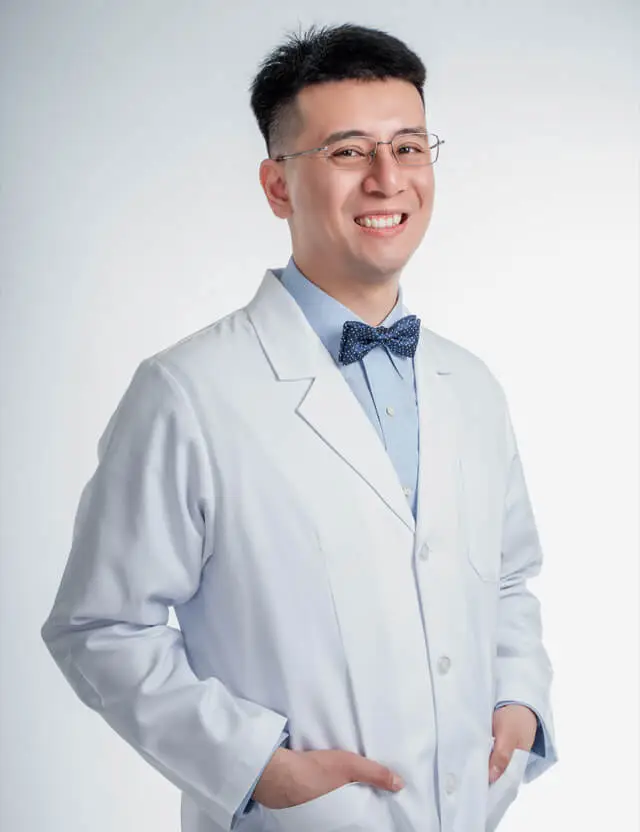Being able to observe the world around us, enjoy nature’s beauty, and notice the small things in everyday life is a privilege we should never take for granted. Sight is an incredible sense that has a significant impact on our everyday experiences and general quality of life.
As such, we must prioritize our eyes’ health and well-being. In this article, “Eye-Care 101: How to Naturally Improve Eyesight at Home,” we will look at practical, natural ways to promote and maintain healthy vision.
10 Simple Ways to Improve Eyesight At Home
Let’s look at a few ways to naturally improve your eyesight at home.
1. Get a comprehensive eye exam
A complete eye exam is one of the most essential things you can do to improve your eye health. Regular eye exams can help detect visual issues and keep eye disorders from progressing.
If you have no vision problems, you should undergo a comprehensive eye checkup every 1-2 years. Patients with risk factors such as diabetes, high blood pressure, or a family history of eye illness may require more regular examinations.
During a comprehensive eye exam, your eye doctor will check for:
- Visual acuity – How well you can read letters on an eye chart from a distance. This checks for nearsightedness, farsightedness, and astigmatism.
- Eye alignment – How well your eyes work together as a team.
- Eye pressure – High pressure inside the eye may indicate glaucoma.
- Lens – Clouding of the lens may indicate cataracts.
- Retina – The back of the eye will be examined for signs of damage or other abnormalities.
- Eyeglass prescription – Your prescription will be checked and updated if needed.
A comprehensive inspection can discover eye problems such as glaucoma, cataracts, diabetic retinopathy, and macular degeneration in their early stages when they are most curable. Detecting and treating visual issues early on can help prevent irreversible vision loss and blindness.
2. Eat a healthy diet

What you consume has a significant impact on your health. Some nutrients are particularly good for enhancing eyesight and preventing eye illnesses such as age-related macular degeneration (AMD) and cataracts.
Lutein and Zeaxanthin
These carotenoids help filter out high-energy blue light and act as antioxidants in the eye. Good sources include spinach, kale, eggs, broccoli, corn, and orange peppers.
Zinc
Zinc supports the conversion of vitamin A into a usable form for the retina. Oysters contain more zinc per serving than any other food. Beef, cashews, chickpeas, and crab are other good sources.
Vitamin C
This powerful antioxidant is found in fruits like oranges, grapefruit, and strawberries as well as vegetables like Brussels sprouts, red peppers, and tomatoes. Vitamin C reduces your risk of cataracts and helps prevent macular degeneration.
Vitamin E
Nuts like almonds and sunflower seeds contain high levels of vitamin E. Other sources are spinach, broccoli, kiwi, and trout. Vitamin E protects eye cells from oxidative stress and damage.
Omega-3 Fatty Acids
Getting enough omega-3s from fish, walnuts, flax, and chia seeds supports eye development and retinal function. They also help relieve dry eyes.
Eating a diet high in eye-healthy foods can help maintain excellent eyesight and avoid age-related eye problems. Eat lots of leafy greens, citrus fruits, nuts, seeds, and fatty seafood.
3. Quit Smoking
Tobacco use has been strongly related to an increased risk of acquiring a variety of eye illnesses and visual impairments. Toxic compounds in cigarette smoke can damage blood vessels in the eyes and deplete nutrients required for eye health.
Smoking raises the chance of developing age-related macular degeneration, one of the primary causes of blindness. It also almost doubles the chances of acquiring cataracts. Smoke irritates the eyes and can create oxidative stress, which eventually destroys eye cells. Quitting smoking lowers these dangers and helps the eyes to recover from previous damage.
People’s eyesight can improve between 1-9 months after quitting smoking, lowering their chance of developing eye issues. So, if you smoke, quitting can have a major impact on the long-term health of your eyes. Work with your doctor to develop a successful smoking cessation strategy. When you successfully quit smoking, you minimize your risk of vision loss and eye problems.
4. Wear Sunglasses

Wearing sunglasses protects your eyes from dangerous ultraviolet (UV) radiation. UV radiation can cause cataracts, macular degeneration, pterygium, and photokeratitis.
Sunglasses protect against UV exposure by absorbing both UVA and UVB rays. Look for sunglasses that block 99-100% of UVA and UVB rays. Wraparound versions offer the maximum protection by blocking UV rays from entering from the side.
UV rays are constantly present during daytime hours, hence sunglasses should be worn year-round. Choose sunglasses that fit tight to your face and have lenses large enough to protect your eyes from the sun on the front and sides.
Consider polarized glasses to provide the best protection against glare. Anti-reflective coatings reduce distracting reflections.
Make sure youngsters wear sunglasses as well, as their eyes are more susceptible to UV damage. Begin wearing sunglasses from a young age.
Wearing excellent sunglasses outside is one of the simplest methods to protect your eyes and lower your chances of acquiring UV-related eye problems. Just be sure you buy sunglasses with complete UVA/UVB protection.
5. Take Eye Supplements
Certain vitamins and supplements may enhance eyesight and reduce the advancement of age-related eye disorders.
The retina contains high concentrations of lutein and zeaxanthin, two carotenoids. Higher lutein and zeaxanthin intakes are associated with a decreased incidence of cataracts and age-related macular degeneration. Good sources include spinach, kale, eggs, broccoli, and maize.
Omega-3 fatty acids may also improve eye health. Fatty fish such as salmon, trout, and tuna contain omega-3s DHA, and EPA. Omega-3 supplements may help relieve dry eye problems.
According to studies, antioxidants such as vitamin C, E, zinc, and copper may reduce the incidence of some eye illnesses. Vitamin C is particularly essential since it protects and regenerates other antioxidants such as vitamin E.
While several vitamins show promise for eye health, additional study is needed to determine their efficacy and ideal doses for vision enhancement. The majority of vitamins are best obtained from food rather than pills, which sometimes lack scientific proof for eye health advantages.
6. Practice eye relaxation techniques
Relaxing your eyes can help improve vision and eye health. Here are some simple techniques to try:
Palming
Rub your hands together to create heat. Close your eyes and place your palms softly over them, without exerting pressure. Make sure there are no gaps between your palms and face. Concentrate on your breathing and relax for 5-10 minutes as the warmth and darkness calm your eyes and mind.
Eye massage
Gently massage your upper and lower eyelids with a clean finger. Close your eyes, then gently glide your ring finger from the inner to the outer corner of your eye. Repeat a few times. Then, massage slightly below your lower lashes in the same way, moving from the inner to outside corner. This causes increased blood flow and drainage.
7. Use proper lighting
Lighting conditions can have a substantial influence on eye health and visual performance. Struggling to see in low-light situations or dealing with glare from intense illumination may wear on the eyes. Here are some suggestions for optimizing lighting:
- Position computer screens away from windows to avoid glare. Use an anti-glare filter if needed.
- Ensure room and desk lighting is adequate when reading or working. Dark rooms or shadows over work areas lead to eye squinting and strain.
- Avoid flickering fluorescent lights which can contribute to headaches and eye discomfort.
- Take regular breaks when looking at screens. Every 20 minutes, rest your eyes by looking at distant objects around the room. This reduces eyestrain from prolonged focus.
- Adjust monitor brightness, use larger fonts, and zoom in to reduce eye fatigue. Light text on dark backgrounds often provides better readability.
- For nighttime computer use, install a blue light filter or switch device settings to warmer, low-blue light. Blue light exposure before bed can disrupt circadian rhythms.
- When reading in bed at night, use a directed reading light rather than an overhead light.
- Position lamps and overhead lights to avoid glare – invest in matte lamp shades and frosted bulbs.
Simple illumination modifications can significantly improve eye comfort and visual ability over time. Reducing eyestrain improves productivity and protects eye health.
8. Rest and Relax

Rest your eyes on a regular and appropriate basis, with at least 7 hours of sleep every night. Apply cold compresses or teabags to tired and strained eyes for a fast, soothing home treatment.
9. Exercise your eyes
Our eyes are muscles that may be strengthened with workouts. We may exercise our eyes to maintain their health and enhance vision in the same way we exercise our bodies to stay fit. Here are some useful eye exercises:
- Eye rotations – Slowly roll your eyes clockwise and counterclockwise. Repeat 5-10 times in each direction. This strengthens eye muscles and increases eye mobility.
- Figure eight – Imagine a large figure eight. Trace the figure slowly with your eyes, focusing on keeping your head still. Repeat 5 times clockwise and counter-clockwise. This expands eye movement range.
- Pencil push-ups – Hold a pencil 12 inches from your face. Focus on the tip, then slowly bring it closer until it’s 6 inches away without losing focus. Then return it to 12 inches. Do 10 reps. This strengthens focusing muscles.
- Palming – Rub palms together to generate heat. Cup palms over closed eyes and relax for 1-2 minutes. The darkness and warmth soothe eyes and reduce strain. Do it whenever your eyes feel tired.
- Near and far focusing – Hold your thumb up about 6 inches from your face. Focus on it for 5-10 seconds, then shift focus to an object across the room for 5-10 seconds. Repeat 10 times. This flexibility in shifting focus keeps the eyes nimble.
Regular eye workouts can significantly enhance eye coordination and vision. To achieve the greatest effects, repeat these 3-5 times each week.
Conclusion
The desire for better eyesight is frequently connected with simply getting a stronger prescription for glasses or better contact lenses. However, with the appropriate combination of nutrition, lifestyle choices, and regular checks, vision improvement may be achieved naturally, right at home.
Keep in mind that these are recommendations, not instant solutions for bad vision. Regular use of these procedures is required to see notable benefits. However, if you have serious eye issues, you should visit your doctor.




